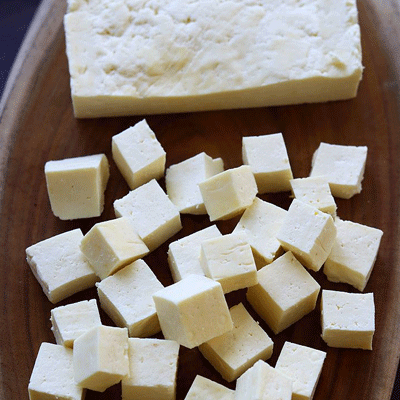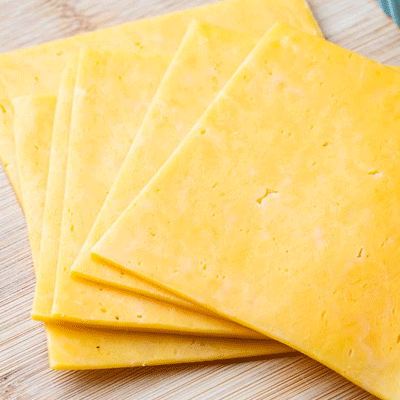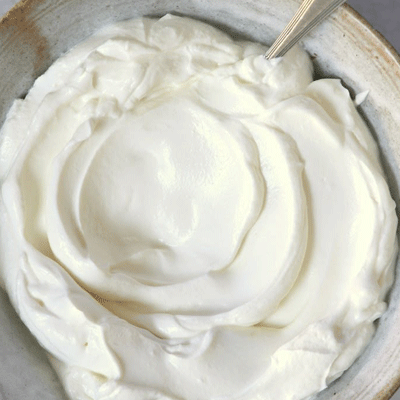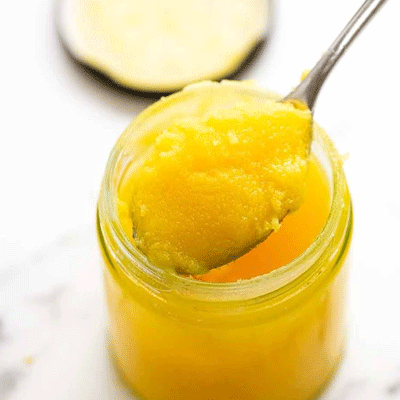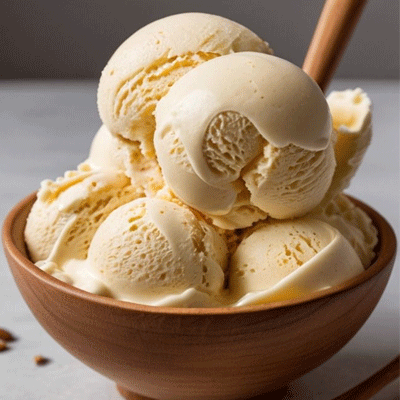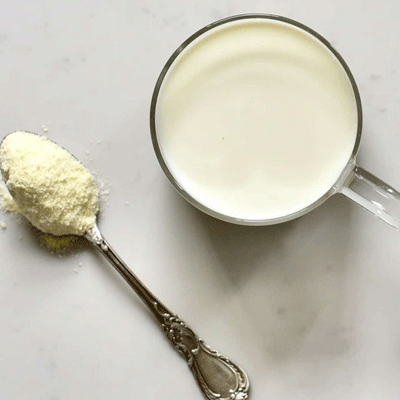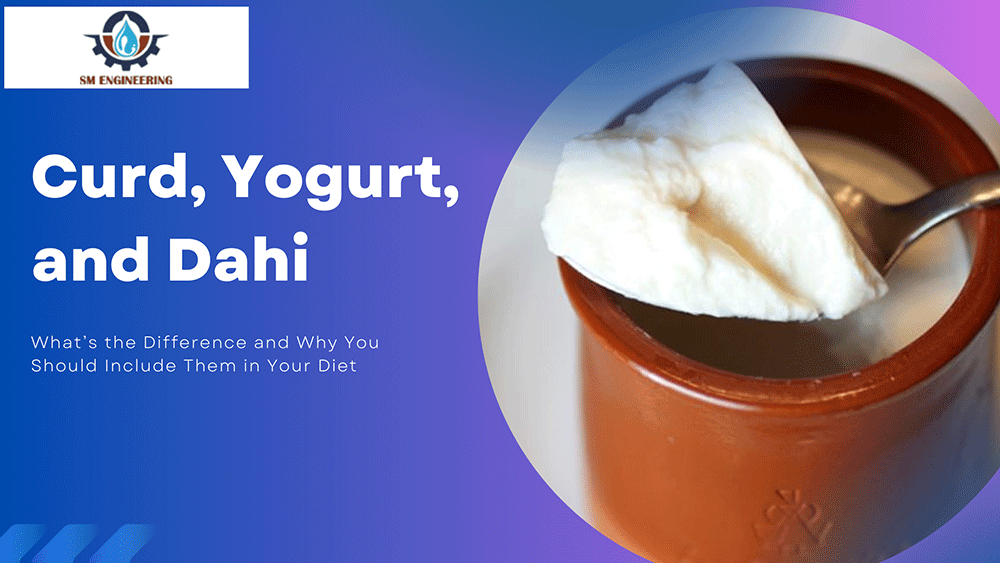
By admin , May 16, 2025
Curd, yogurt, and dahi are all popular fermented dairy products enjoyed across the world for their rich taste and health benefits. Though they appear similar, there are important differences in how they are made, their textures, flavors, and health profiles. Let’s dive into the distinctions, health benefits, and how each is made.
SM Engineering is a renowned manufacturer of dairy processing equipment, offering innovative solutions for producing premium-quality dairy products such as curd, yogurt, and dahi.
Curd is a staple in Indian kitchens, made by curdling milk with an acidic agent, such as lemon juice, vinegar, or naturally soured milk. This simple, homemade process results in a thick, creamy, and mildly sour product known as "dahi" in India. It’s a versatile food enjoyed on its own or incorporated into dishes like smoothies, dips, and desserts.
Making Curd:
Curd’s flavor can vary depending on the milk and the method of preparation, but it’s known for being a nourishing and easy-to-digest food.
Yogurt is another popular dairy product, but unlike curd, it’s made with specific bacterial cultures—usually Lactobacillus bulgaricus and Streptococcus thermophilus. These bacteria ferment the lactose (milk sugar) into lactic acid, which gives yogurt its distinct tangy flavor and smooth texture. The fermentation process is carefully controlled, ensuring that yogurt is consistent in both taste and texture.
Making Yogurt:
Yogurt is often considered a health food due to its probiotic content, which supports digestive health and immune function.
While curd and yogurt may look and taste similar, they are produced in different ways. Curd is typically made using a simple homemade process, where milk is curdled with an acidic substance, while yogurt is produced by introducing live bacterial cultures into milk under controlled temperatures. This difference in preparation leads to slight variations in taste, texture, and health benefits.
Both curd and yogurt are packed with nutrients and offer several health benefits:
Dahi, another term often used interchangeably with curd in India, comes in two types: traditional and cultured. Both are made using lactic acid bacteria but differ in their methods of preparation.
| Characteristic | Traditional Dahi | Cultured Dahi |
|---|---|---|
| Starter Culture | Natural bacteria from previous batch or air | Commercially prepared bacterial culture |
| Fermentation Process | At room temperature | In a controlled environment (e.g., chillers) |
| Texture | May be lumpy or variable | Smoother and more consistent |
| Flavor | Naturally tangy | Milder and uniform taste |
| Probiotic Content | May have higher probiotic diversity | Typically lower probiotic diversity |
